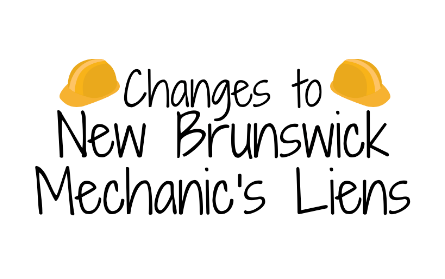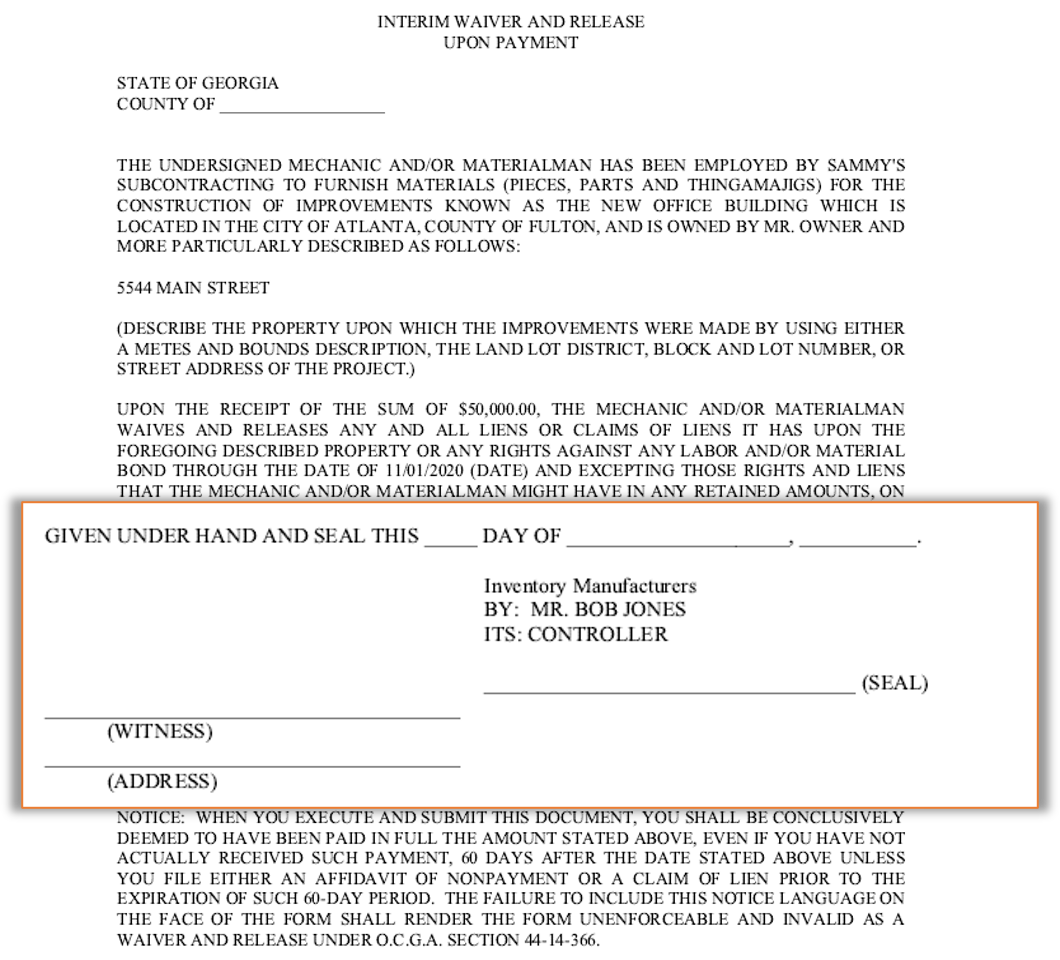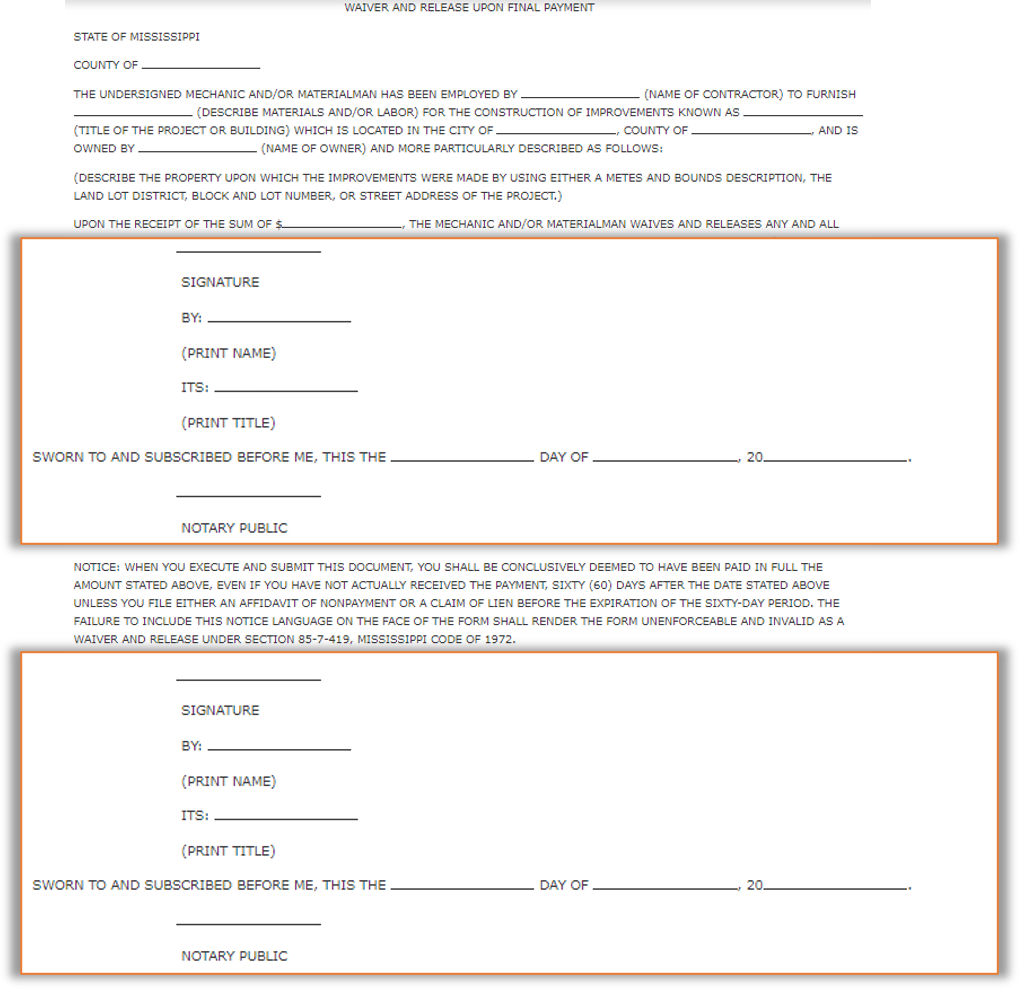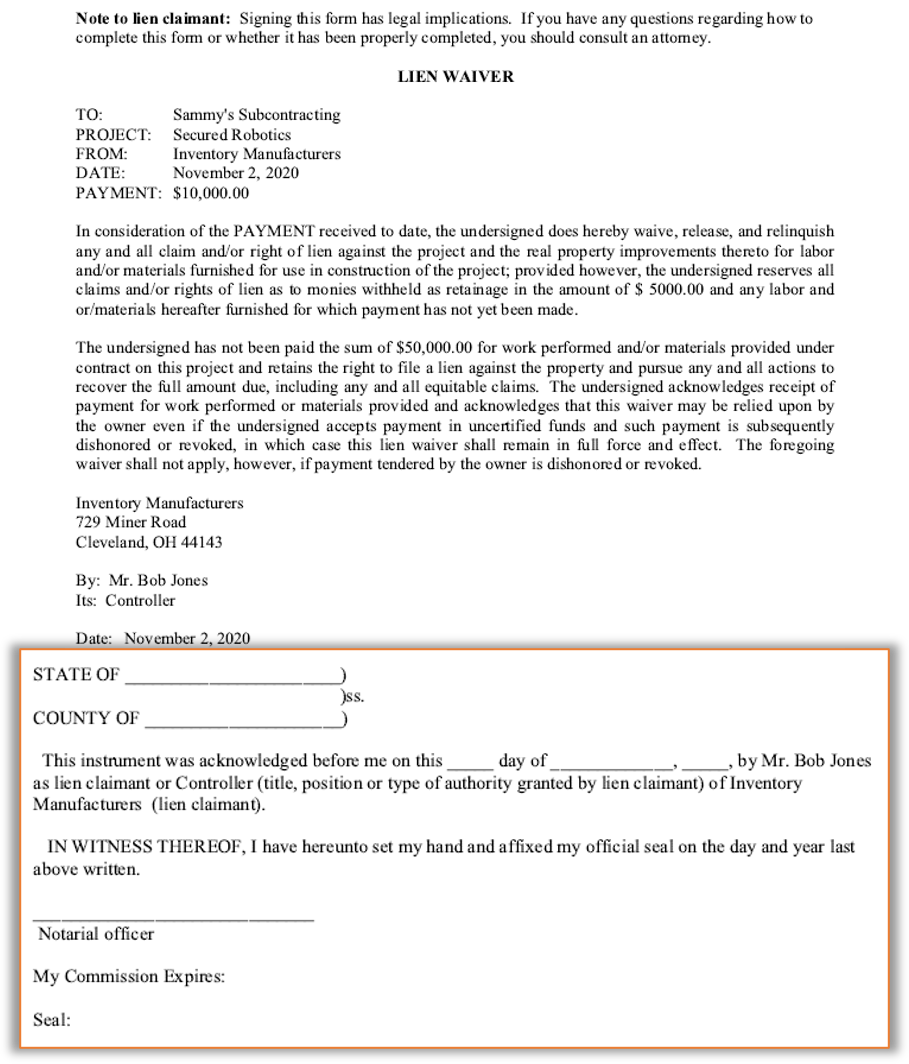
Hazardous Intersection of Seriously Misleading, Article 9-503(a), Due Diligence, and Safe Harbor; The Fate of One Creditor’s UCC Filing
In Florida, a lender’s UCC filings technically identified the debtor incorrectly, but the Court of Appeals couldn’t determine whether the lender holds a secured interest. Now, the fate of the UCC filings are stuck at the intersection of Seriously Misleading, Article 9-503(a), Due Diligence, and Safe Harbor, while the Court of Appeals waits on a Supreme Court decision. The price tag? A cool $3,000,000.
Before we recap this case, let’s review each section of this sticky intersection.
What is Article 9-503(a)?
Article 9-503(a) is the section of the Uniform Commercial Code that dictates how the debtor’s name should appear on the UCC Financing Statement.
Whether the debtor is a registered entity or an individual, Article 9 says:
- Registered Entity: list the name on the Financing Statement as it appears in the public organic record
- Individual: Alternative A or Alternative B
- Alternative A: if the debtor holds an unexpired driver’s license, the Financing Statement must list the debtor’s name as it appears on the unexpired driver’s license.
- Alternative B: the debtor’s driver’s license name, the debtor’s actual name or the debtor’s surname and first personal name may be used on the Financing Statement.
What is Seriously Misleading?
Article 9-506(b) clearly states “a financing statement that fails sufficiently to provide the name of the debtor in accordance with Section 9-503(a) is seriously misleading.” Listing your debtor’s name incorrectly on the filing can affect whether the UCC filing is found using the state’s standard search logic.
What is Safe Harbor?
Even if there are minor errors or omissions on your UCC filing, you may still have a valid filing. How? Safe Harbor. Safe Harbor essentially saves your UCC filing, if a search of your debtor’s name, using a filing office’s standard search logic, discloses the UCC – even with minor errors. Now, the tricky thing here is although the International Association of Commercial Administrators developed standard search logic rules, “standard search logic” is actually dictated by the filing office (not really standard, right?).
What is Due Diligence?
If a party takes reasonable steps to uncover any existing security interests (i.e., reasonably performs UCC searches in the filing offices to confirm whether a UCC has been filed on certain collateral), then they have performed due diligence. The key is “reasonable.” When working with UCC filings, I like to think of reasonable as sufficient, a sufficient search.
A Red Light at the Intersection and the Validity of One Creditor’s Security Interest
Here are the case highlights and general chain of events:
- Jurisdiction: Florida
- Creditor: Live Oak Banking Company (Live Oak) loaned the debtor $30,000,000
- Debtor: 1944 Beach Boulevard, LLC (Beach Boulevard) operates a family entertainment center, Adventure Landing
- UCC Filings: Live Oak filed two UCCs on all assets of Beach Boulevard. On its UCC Financing Statements, Live Oak identified Beach Boulevard as “1944 Beach Blvd., LLC”
- Bankruptcy & Avoidance: Beach Boulevard filed bankruptcy (Chapter 11) and later filed a complaint to avoid Live Oak’s UCCs because Live Oak abbreviated Beach Boulevard’s name on the Financing Statements.
“Beach Boulevard asserted that Live Oak’s UCC-1 financing statements were ‘seriously misleading’ and therefore unperfected, and that Beach Boulevard could use its power as a hypothetical lien creditor to avoid Live Oak’s lien on its assets. The sole basis for Beach Boulevard’s claim is that the financing statements failed to sufficiently ‘provide the name of the debtor,’ as required by Florida law, because they abbreviated ‘Boulevard’ to ‘Blvd.’ Beach Boulevard claimed that, because of this mistake, a search of the Registry under its correct legal name, ‘1944 Beach Boulevard, LLC,’ did not reveal the existence of Live Oak’s asserted liens.”
- Minor Error: Live Oak claimed its abbreviation of Boulevard to Blvd. was a minor error and doesn’t unperfect its security interest.
According to the court opinion, Live Oak argued its UCC was perfected because its UCC did appear in the filing office’s search results IF the searcher had navigated to the “previous” page of results. (This filing office displays 20 search results at a time, and the searcher can navigate to the previous or next pages to see additional results. Live Oak’s UCC appeared on the previous page, so, if the filing office displayed 40 results per page, Live Oak’s UCC would have appeared.)
- Two Cases: In contemplating its decision, the Court of Appeals reviewed two different cases. The first case says “Hey, if the UCC doesn’t show on the first page of search results, it’s seriously misleading. End of story.” The second case says “Well, you know, the website says to view additional search results you can click previous or next. So really, the search on prior pages or subsequent pages, should be reviewed by the searcher, as long as it’s within reason.”
“The existing case law contains two competing interpretations of what “search” means for purposes of the section 679.5061(3) safe harbor. Under one interpretation, the Florida Legislature adopted a bright line rule—if a financing statement with the debtor’s incorrect name does not appear on the initial page of twenty names, it has not been disclosed in the search and is therefore ineffective. Under the other interpretation, which the court in this case followed, the Florida Legislature created a flexible standard under which a financing statement with the debtor’s incorrect name is effective as long as it is within a reasonable number of pages from the initial page of twenty names.”
OK, so, if the Court of Appeals follows the first case, then Live Oak’s security interest is unperfected and avoidable. But, if the Court of Appeals follows the second case, then burden is on the searcher and Live Oak’s security interest is perfected and not avoidable.
It comes down to one thing, and it’s the one thing the Court of Appeals couldn’t answer: What is Reasonable?
Is it reasonable for a searcher to click to the “previous” or “next” page of search results? I mean, after all, the filing office only displays 20 results at a time and Live Oak’s UCC is within the top 40 results. Or is it reasonable for the searcher to rely solely on the first page of search results? Because, Article 9 is clear, you must list the party’s name exactly as it appears on the public organic record, and Live Oak didn’t do that.
Defining reasonable is harder that I thought. In fact, even the Court of Appeals wasn’t comfortable with defining reasonable. So, the Court of Appeals has asked the Supreme Court to answer these three questions:
(1) Is the “search of the records of the filing office under the debtor’s correct name, using the filing office’s standard search logic,” as provided for by Florida Statute § 679.5061(3), limited to or otherwise satisfied by the initial page of twenty names displayed to the user of the Registry’s search function?
(2) If not, does that search consist of all names in the filing office’s database, which the user can browse to using the command tabs displayed on the initial page?
(3) If the search consists of all names in the filing office’s database, are there any limitations on a user’s obligation to review the names and, if so, what factors should courts consider when determining whether a user has satisfied those obligations?
Once the Supreme Court considers and answers the Court of Appeals’ questions, the Court of Appeals will issue a decision on Live Oak’s security interest. Until then… well, might I be so bold as to encourage you to strictly adhere to Article 9 guidelines?
Always. Always. Always, list your customer’s name on the UCC Financing Statement as their name appears on the public organic record. And when in doubt, seek a legal opinion.










